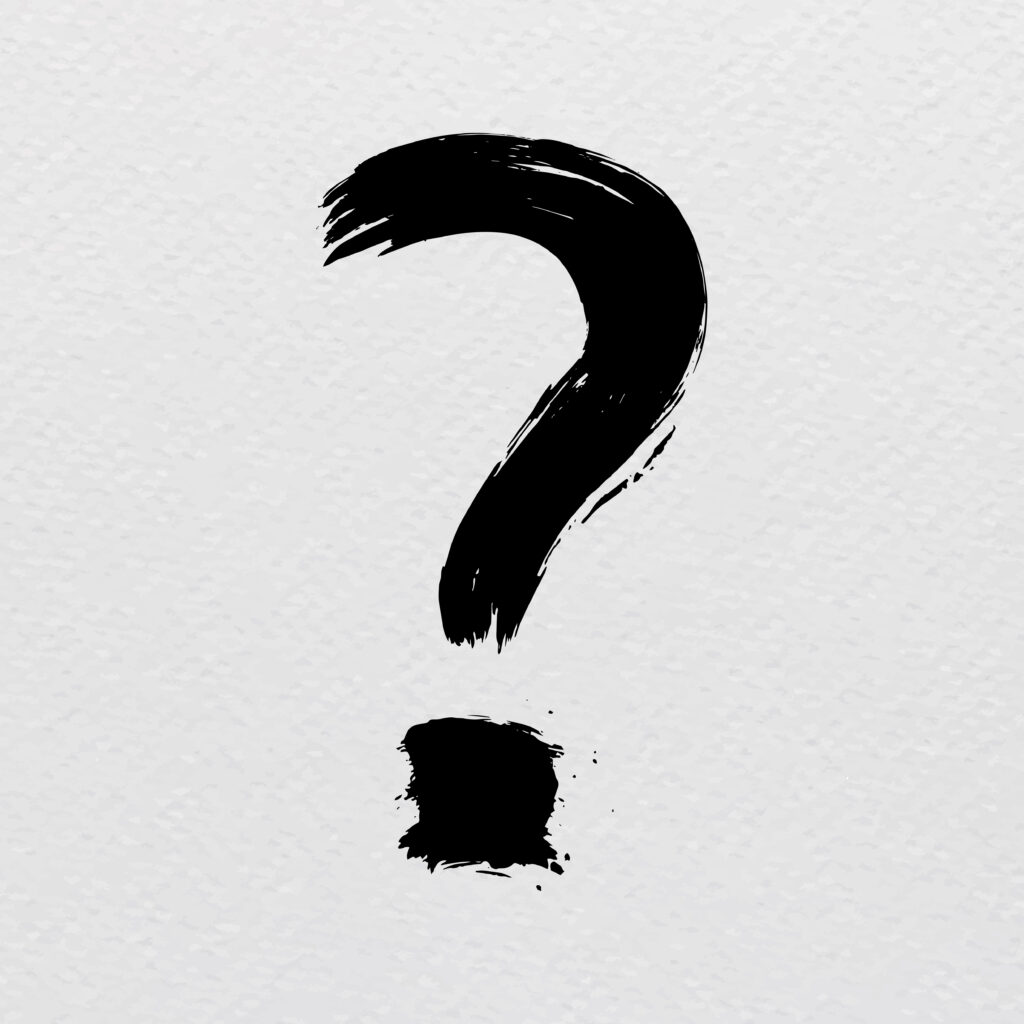Choosing the right tennis racquet is crucial for players of all skill levels. Whether you’re a novice or an experienced player, making the right choice is crucial for enhancing your game. The perfect racquet can enhance your performance, improve your game, and prevent injuries. In this detailed guide, we’ll explore the key factors to consider when selecting a tennis racquet that suits your playing style, preferences, and skill level.
1. Understanding Your Playing Style

Before diving into the nitty-gritty of racquet specs, it’s essential to understand your playing style. Are you a power player who thrives on aggressive shots? Or you prefer finesse and control, dictating the pace of the game with precision shots. Your playing style will heavily influence the type of racquet that suits you best.
2. Power Players: Unleash Your Strength!

If you love crushing powerful serves and groundstrokes, you’ll want a racquet that can handle the heat! Look for racquets with larger head sizes and a stiffer frame to generate maximum power. These racquets typically have a higher swing weight, allowing you to generate ample racket head speed for explosive shots.
3. Grip Size

Ensuring the correct grip size is essential for comfort and injury prevention. A grip size that’s too small can lead to wrist and elbow discomfort, while a grip size that’s too large can cause gripping fatigue and hinder maneuverability. Experimenting with different grip sizes and seeking professional guidance can help determine the optimal size for your hand.
4. String Pattern and Tension

The string pattern and tension of a tennis racquet significantly impact its feel, spin potential, and control. Open string patterns (16×19 or 16×18) offer more spin potential and power but may sacrifice some control. Conversely, closed string patterns (18×20) provide enhanced control and durability but offer less spin potential. Additionally, the tension of the strings influences the racquet’s responsiveness, with higher tensions offering more control and lower tensions providing additional power and comfort.
5. Racquet Length
Standard tennis racquets typically range from 27 to 29 inches in length. Longer racquets offer increased reach and leverage, making it easier to generate power and spin on groundstrokes and serve. However, longer racquets may feel less maneuverable, especially for players with shorter swings. Conversely, shorter racquets offer improved maneuverability but may sacrifice some power and reach.
6. Demo Testing
Before making a final decision, it’s essential to demo-test several racquets to see how they feel in action. Many tennis shops offer demo programs that allow you to try out different racquets on the court before committing to a purchase. Take advantage of these opportunities to find the racquet that best suits your game.
7. Budget Considerations
While it’s tempting to splurge on the latest high-end racquet, it’s essential to consider your budget. Fortunately, there are excellent racquets available at various price points, so you don’t have to break the bank to find a quality option. Determine your budget beforehand and explore racquets within that range.
8. Head Size: Bigger Isn’t Always Better!
The head size of a racquet refers to the area of the string bed and is measured in square inches. Larger head sizes offer a larger sweet spot, making it easier to generate power and forgiveness on off-center hits. However, smaller head sizes provide better control and precision, albeit with a smaller sweet spot. Consider your playing style and skill level when choosing the appropriate head size for your racquet.
9. Weight: Finding the Perfect Balance!
The weight of a racquet affects its maneuverability and stability. Lighter racquets are easier to swing and maneuver, making them ideal for beginners and players with slower swing speeds. On the other hand, heavier racquets offer more stability and power but require greater strength and technique to wield effectively. Strike a balance between weight and maneuverability based on your physical strength and playing style.
10. Balance: Finding Your Center of Gravity!
Racquet balance refers to the distribution of weight along the racquet’s length. A racquet can be categorized as head-heavy, head-light, or evenly balanced. Head-heavy racquets provide more power and stability, making them suitable for baseline players who rely on powerful groundstrokes. Head-light racquets offer better maneuverability and control, making them ideal for net players who require quick reactions at the net. Choose a balance that complements your playing style and enhances your on-court performance.
Conclusion:
Choosing the perfect tennis racquet is a game-changer that can elevate your performance on the court. By understanding your playing style, familiarizing yourself with racquet specifications, and testing out different options, you’ll be well on your way to finding the racquet that suits you like a glove! So, arm yourself with knowledge, step onto the court with confidence, and get ready to serve up some winning shots with your newfound racquet prowess. Remember, with the right racquet in hand, the sky’s the limit for your tennis game! How to Choose a Tennis Racquet: A Comprehensive Guide has equipped you with the tools you need to ace your racquet selection process. Now, go forth and conquer the court like the champion you are!
Question solve :

1. How do I determine the correct grip size for my tennis racquet?
To determine the correct grip size, measure the distance from the middle crease of your palm to the tip of your ring finger. This measurement corresponds to the grip size in inches.
2. What is the difference between a light and heavy tennis racquet?
Lighter tennis racquets are easier to maneuver and are ideal for players seeking more control and finesse. Heavier racquets, on the other hand, offer more power and stability but may require more effort to swing.
3. Can I rest my tennis racquet to change the string tension?
Yes, you can rest your tennis racquet to adjust the string tension. However, it’s essential to consult with a professional stringer to ensure the tension is set correctly for your playing style and preferences.
4. How often should I replace my tennis racquet strings?
The frequency of string replacement depends on various factors, including how often you play, your playing style, and the type of strings you use. As a general guideline, most players replace their strings every 3-6 months.
5. Is a heavier racquet better for power?
While a heavier racquet can generate more power, it may compromise maneuverability. Finding the ideal weight that suits your playing style is crucial.
TikTok Hashtag Generator
Enter your topic to generate trending hashtags:




